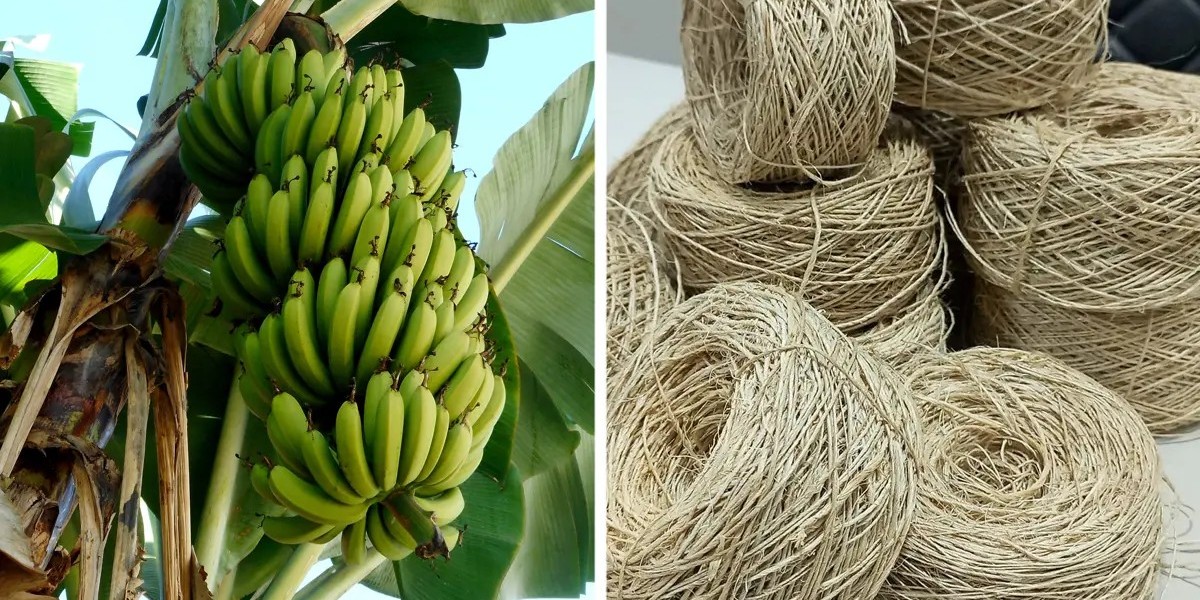The global textile industry is undergoing a significant transformation, with an increasing shift towards sustainability and eco-friendly materials. One of the most promising trends within this movement is the rise of plant-based textile fibers, which is becoming a key segment of the Plant-Based Textile Fibers Market. These fibers, derived from natural sources like cotton, hemp, flax, and bamboo, are gaining popularity due to their lower environmental impact compared to synthetic fibers like polyester. However, as demand for these fibers grows, the market is beginning to show signs of saturation, presenting both challenges and opportunities for businesses and consumers alike.
The Growth of Plant-Based Textile Fibers
Over the past decade, the plant-based textile fibers market has expanded rapidly, driven by rising consumer awareness about environmental issues and a growing preference for sustainable products. These fibers offer several advantages, such as biodegradability, less water usage in production, and a reduction in carbon emissions compared to synthetic alternatives. Additionally, they are versatile, with applications ranging from apparel to home textiles and industrial products.
Countries like India, China, and the United States have emerged as key players in the production of plant-based fibers, particularly cotton and hemp. Cotton, the most widely used natural fiber, accounts for a significant portion of the textile industry's raw materials. Hemp and flax, while less commonly used, are gaining ground due to their durability, strength, and environmental benefits.
The Saturation Point
Despite the growth of the plant-based textile fibers market, the industry is beginning to face saturation in certain areas. This is particularly evident in the case of cotton, which dominates the market but also faces challenges such as water scarcity, pesticide use, and land degradation. While innovations like organic cotton have addressed some of these concerns, they still do not entirely eliminate the environmental impact associated with traditional cotton farming.
In addition to cotton, other plant-based fibers such as hemp and bamboo are encountering increasing competition as new producers enter the market. As these fibers become more popular, supply chains are expanding, which may lead to an oversupply in the coming years. The challenge here is for manufacturers to differentiate their products in a crowded market while maintaining sustainability standards.
Another factor contributing to market saturation is the fluctuating demand for plant-based fibers. While many consumers are increasingly interested in eco-friendly products, price sensitivity and the availability of alternative fibers may limit their willingness to pay premium prices for plant-based textiles. This creates a delicate balancing act for companies trying to maintain profitability while meeting sustainability expectations.
Opportunities in a Saturated Market
Even in the face of market saturation, there are several opportunities for businesses to thrive. One avenue for growth lies in the development of innovative and alternative plant-based fibers. For example, fibers derived from agricultural waste, such as pineapple leaves, banana stems, and coconut husks, are being explored as sustainable alternatives to traditional plant-based fibers. These materials are not only environmentally friendly but also utilize resources that would otherwise go to waste.
Additionally, businesses can focus on improving the performance and functionality of plant-based textiles. Advanced technologies in fiber processing and textile manufacturing can help enhance the durability, softness, and versatility of plant-based materials, making them more competitive with synthetic options.
The adoption of circular economy principles can also drive growth in the plant-based textile fibers market. Companies that incorporate recycling and reuse into their business models will be better positioned to capitalize on the increasing demand for sustainable fashion. This approach not only helps reduce waste but also promotes a more sustainable lifecycle for plant-based fibers.
Consumer Education and Awareness
As the market reaches its saturation point, consumer education becomes even more critical. Many consumers may still be unaware of the environmental benefits of plant-based fibers or may not fully understand the differences between various types of sustainable textiles. Companies that invest in educating their customers about the benefits of plant-based fibers and the environmental impact of their choices will gain a competitive advantage.
Moreover, partnerships between textile manufacturers, retailers, and sustainability-focused organizations can help promote plant-based fibers as a viable alternative to synthetic textiles. These collaborations can foster greater transparency in the supply chain, build trust with consumers, and drive demand for more sustainable products.
Conclusion
The plant-based textile fibers market is at a crossroads, where growth and saturation intersect. While challenges such as market competition, supply chain limitations, and price sensitivity exist, there are ample opportunities for innovation and differentiation. By focusing on sustainable practices, alternative fibers, and consumer education, businesses can navigate the saturation of the market and continue to meet the growing demand for eco-friendly textiles.



